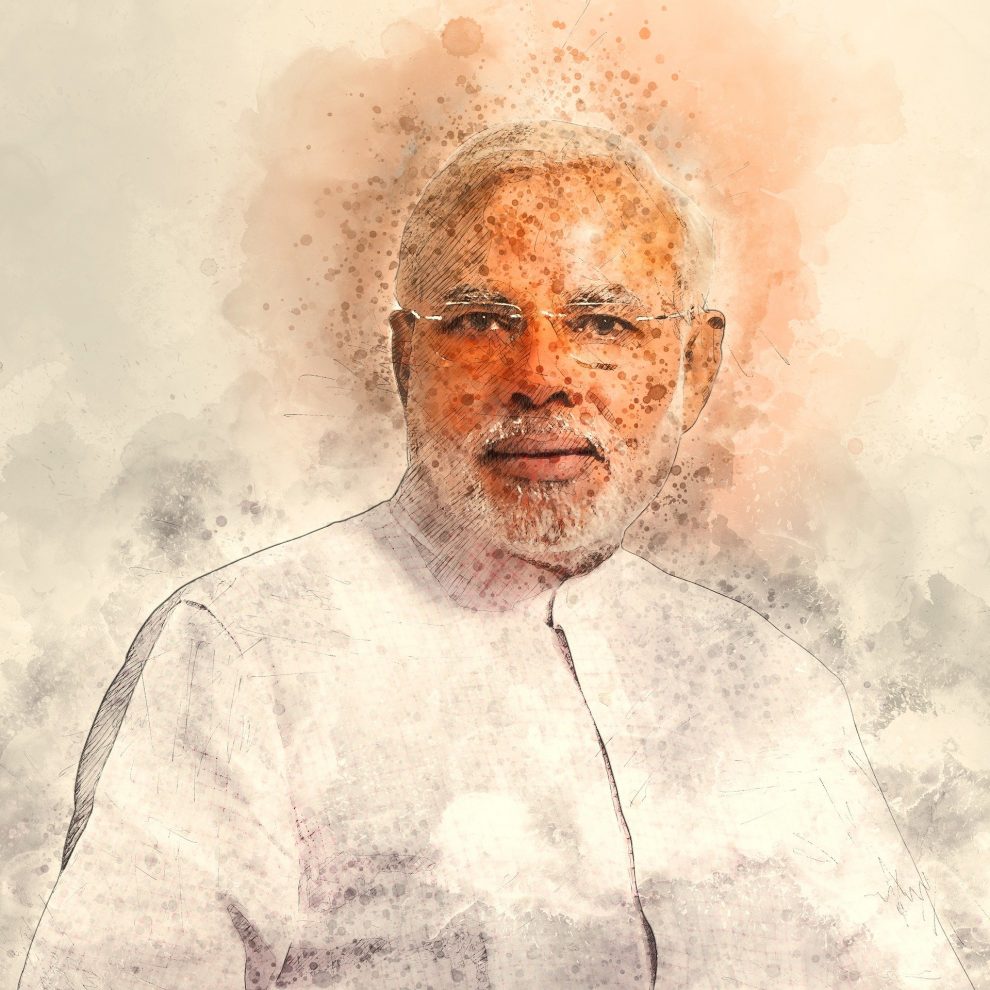The lockdown period has witnessed a 26% decrease in power consumption in the country
Power ministry officials are confident of managing the situation at the moment as, R K Singh and POSOCO have indicated that managing grid stability during the ninth hour of a nation-wide blackout is a manageable task
Indian Prime Minister, Narendra Modi has made an appeal to the citizens of India to turn off lights powered by electricity (grid connected or stand-alone), and light candles, lamps or torch lights at the entrance of their places of residence. While the intention is noble enough, this gesture to spread “light”amidst the darkness of the COVID-19 pandemic poses concern for the power sector in the country. The power grid managers are huddling together to devise a strategy to avoid blackout due to a potential grid collapse that could occur during the mass lights-out moment to occur at 9 pm on April 5, 2020.
State run Power System Operation Corporation (POSOCO) is working incessantly to ensure that there is no pressure on the grid during this designated time period. According to the Central Electricity Regulatory Commission (CERC), the frequency range necessary for optimal functioning of the grid is 49.95 Hz to 50.05 Hz. Any deviation from this range, with drastic increase or decrease in these values might lead to a failure of the grid. Data from the power ministry, the maximum electricity demand in India was 125.82 GW on April 2, 2020. This is 20% less than the maximum power demand recorded on the same day last year, which was 168.32 GW. POSOCO will be closely monitoring the power grid on April 5, 2020.
POSOCO will also be coordinating with Regional and National Load Despatch Centres to plan power scheduling so as to maintain grid frequency when the sudden drop in load occurs during this country-wide 9 pm exercise. The country’s grid is a wide area synchronous grid nominally running at 50 Hz.
It has now been ten days since the imposition of the nation-wide 21 day lockdown by the Modi 2.0 government, a measure taken to tackle the coronavirus outbreak. This period has witnessed a 26% decrease in power consumption in the country since March 18, 2020. This fall is basically due to industrial and commercial consumption coming to a near standstill. Experts predict that the demand will not fall further than this. However, a possibility of an added drop in electricity consumption in the country is possible as more regions and entities go into lockdown. Managing a grid during fall in demand is easier than if the case was vice-versa.
However, power ministry officials are confident of managing the situation at the moment as, R K Singh and POSOCO have indicated that managing grid stability during the ninth hour of a nation-wide blackout is a manageable task.
However, the entities that will be most affected by the lockdown and the blackout are the state-run DISCOMS (distribution companies). The reduction in power demand has seen an all-time decline in spot power prices. This will exacerbate the financial woes that are already being faced by DISCOMS, putting them deeper into troubled waters. The COVID-19 pandemic has also affected cash flow for DISCOMS. A bailout or recovery strategy by the government has to be put in place in order to sort out this issue this fiscal.














Add Comment